The first fruitions of evolutionary life is speculated to have emerged on a sandy celestial called Proa[pɹoʊə]. Proa was shaped liked a rounded hemisphere concaved on its face. A pota-emitting thermic celestial not too far away (in outer space terms) for some reason began emitting a new type of pota onto the world. Slowly specks of sand began to move performing autokinesis, separate (or conjunctional) from delega forces. These specks called Procalks['pɹoʊ.kælks] did a whole lot of nothing. The first Procalks could only minimally adjust their rocky shapes, acting more like amorphous blobs or even liquid. Because of this they are named calks and not cells, calk from 'pebble'. They were each originally less than a millimetre long. They couldn't move, and their life spans were about 10 000 years, mostly consisted of wriggling themselves downwards and dying.
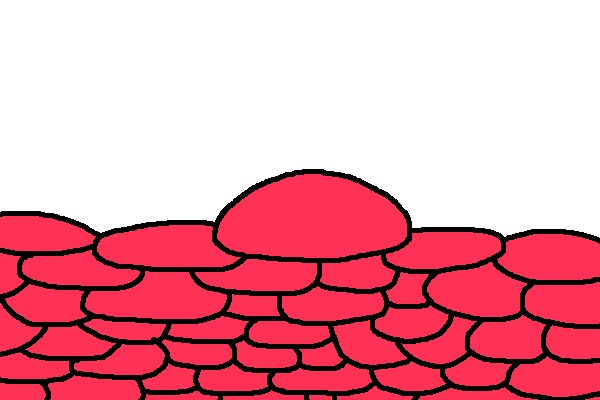
After a lot of years, through the random process of seeing what sticks (or maybe trial & error by a higher power?), these Procalks grew the trait of absorbing or eating. They were absorbing other blobs of sand and converting them into energy, increasing their longevity. This persisted for another umpteen years during which another transition occured that blurred the lines between longevity and offspring... whether the organism was 'shedding its skin' and reincarnating... or incubating a new descendant and dying much faster. Noone is sure when one phenomena ended and the other started.
The Procalks could transfer their own collected spirit into other Procalks, and although their lives shortened drastically to about a mere 10 years, they were able to reproduce and carpet the entire spiritual side of Proa. Proa had no other resources, it was just sand the entire way. For this these early Procalks acted more as a prosperous fungi than any sort of animal.
Whether this is a fundamental of Sarcinia or just Proa, the variances between the Procalks brought a new level of structure to their interactions. Possibly sprouted from an inherent extension of calks' domains expanding beyond their own self, giving them the ability to sense their outside and even affect them in the same way they affect themselves. This was both a pioneering of external senses, and telekinesis. Regardless of why, the Procalks organized themselves into community of differing tiers. Each community is called a Fractal. The larger a Procalk is in a Fractal the more it leads its way over other smaller Procalks forming a net surrounding it. Its defense is spread more thinly, which is counter-acted by the surrounding Procalks. A chain of absorption occurs nigh-perpetually growing the entire fractal as smaller Procalks grow larger and gradually attract other smaller Procalks to take their places.
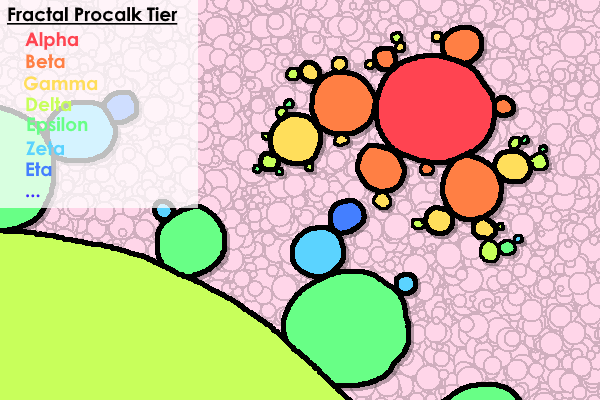
Here is depicted an imminent war between a larger fractal and a smaller fractal for area. But given their intense discreptancy, it's less war and more massacre. Each circle is a single Procalk.
It's important to mind that these are still more comprable to fungi than intelligent individuals. In fact one could even make the argument that they weren't even individual anymore, amalgamating throughout incarnations into these Fractals... But I went ahead of myself. The Fractals would constantly fight and absorb Proa. Either each sand particle would be eaten or blessed into life. It took another gazillion years... but eventually there was just one Fractal left, and all sand particles on Proa were alive. In fact, it would be better to say Proa is gone, and the lifeform(s) that take its place as Proa. Is the Fractal Proa one lifeform or a multitude of constiguent lifeforms? Are the cells in your body each their own lifeform?
I would like to give Proa a humanoid form like it's a singularity, but that wouldn't be accurate to what it actually looks like. There aren't even humans in Sarcinia. But have you considered that it looks cool and these pictures are diagrams anyways? Here is a depiction of Proa if it was humanoid and what it probably actually looks like.
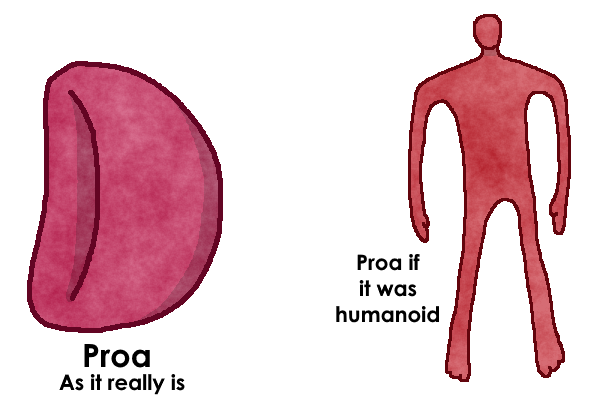
Proa realized that it had finished its fuel. It was going off of self-sustenance, and it was a limited lifetime. One could say this homogeny was the basis of intelligence, with trillions of Procalks performing simultaneous yet organized function. In an act of self-preservation (or self-sacrifice) it compelled all its telekinetic power to the alpha Procalk deep within the centre of Proa.
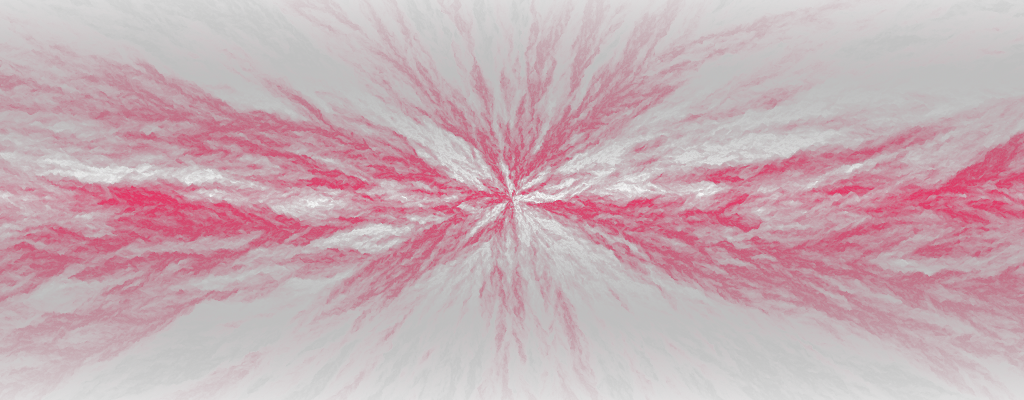
Proa exploded, each Procalk travelling at such incredible speeds of irrelevant magnitude. What just incurred was the Proic Catalyst, an event that would set the 'stones' of evolutionary life in its area of space. Calks fly across space, hoping to land on distant celestials ripe for habitation. Even the smallest calks had now developed the internal processing required to survive. On potic celestials, calks might have spread like bacteria converting its potic output into something more spiritual. On other celestials like terrics, the lone calks would attach themselves to objects and phenomena in the area and evolve uniquely forgoing their pseudo-fungal roots. The smallest surface calks flew the furthest, while the larger stronger calks did not. Keep in mind the calks were still now very far from each other, similar to how the stars of our universe are far from each other. Smaller calks' life were simpler, more akin to plants. Some special larger calks' life could be considered close to animals. Some others could have developed something completely alien and unrecognizable, as there is nigh-no limit to the creativity possible.
Regardless of how and where, billions of lively speciations would begin to form and evolve, under the Proic domain of life.
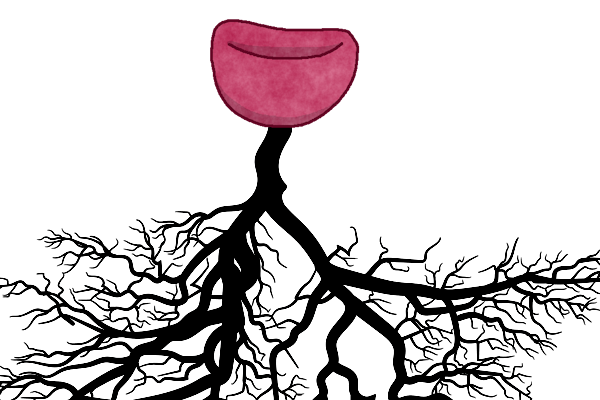
Notice how I said Proic domain of life? There's more life out there independent of Proa. evolutionary and non-evolutionary, who knows how ethereal I'll get >:3